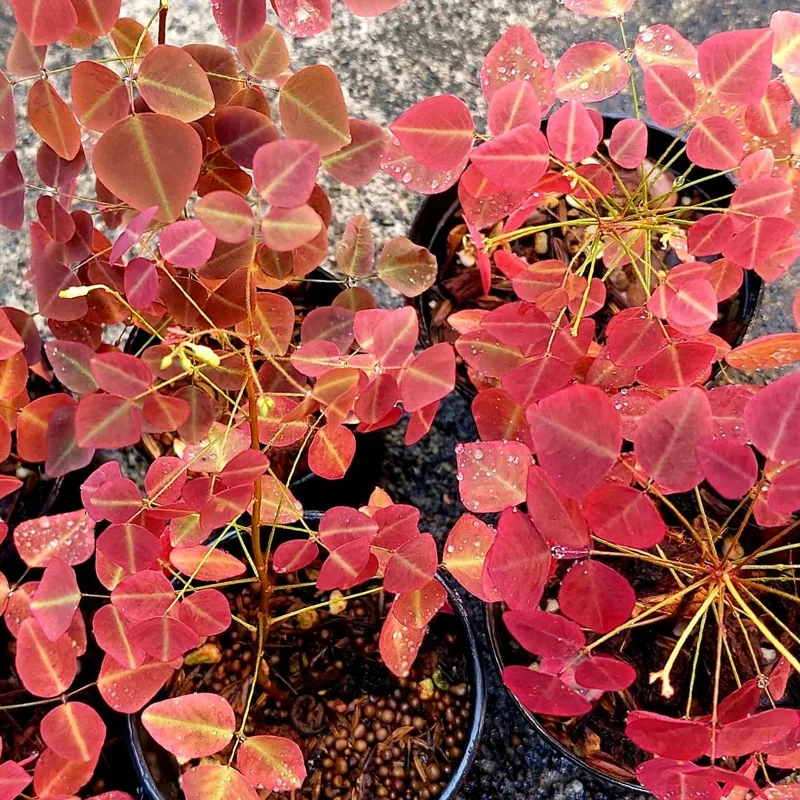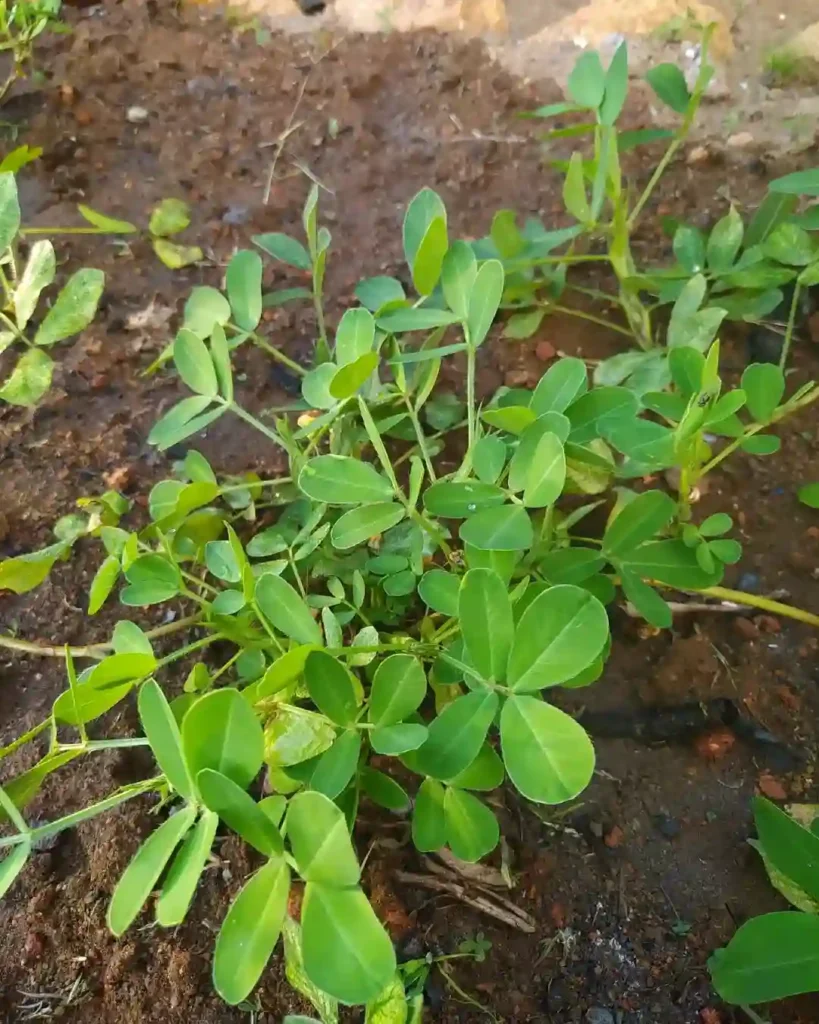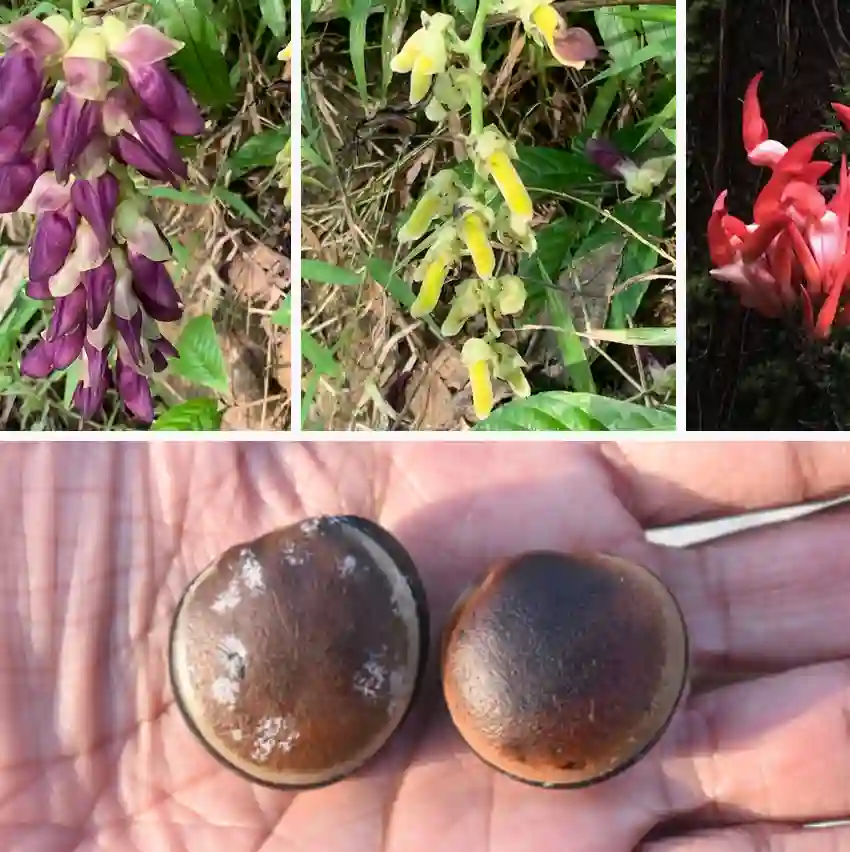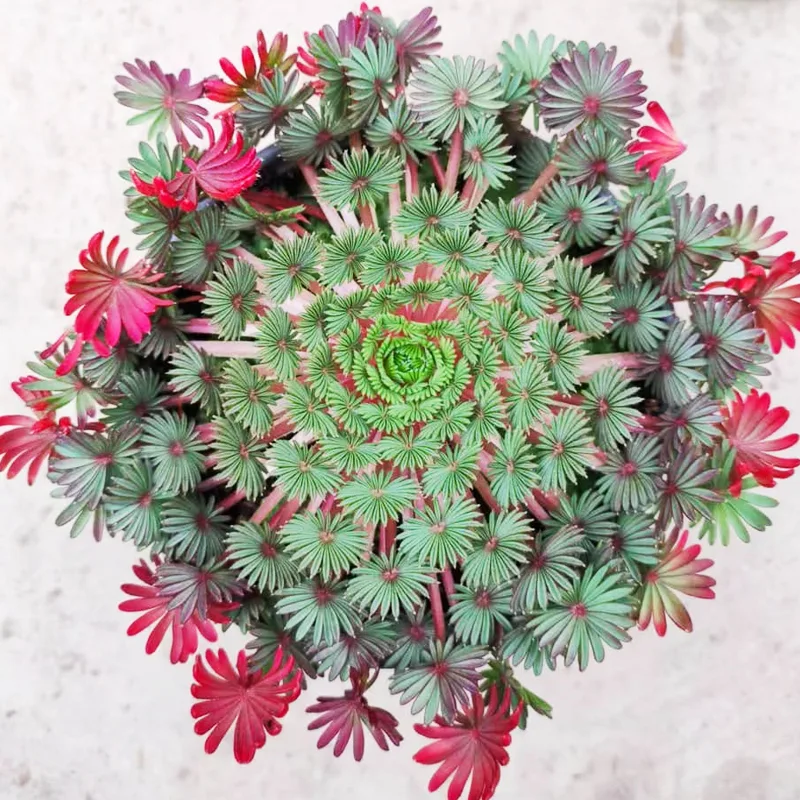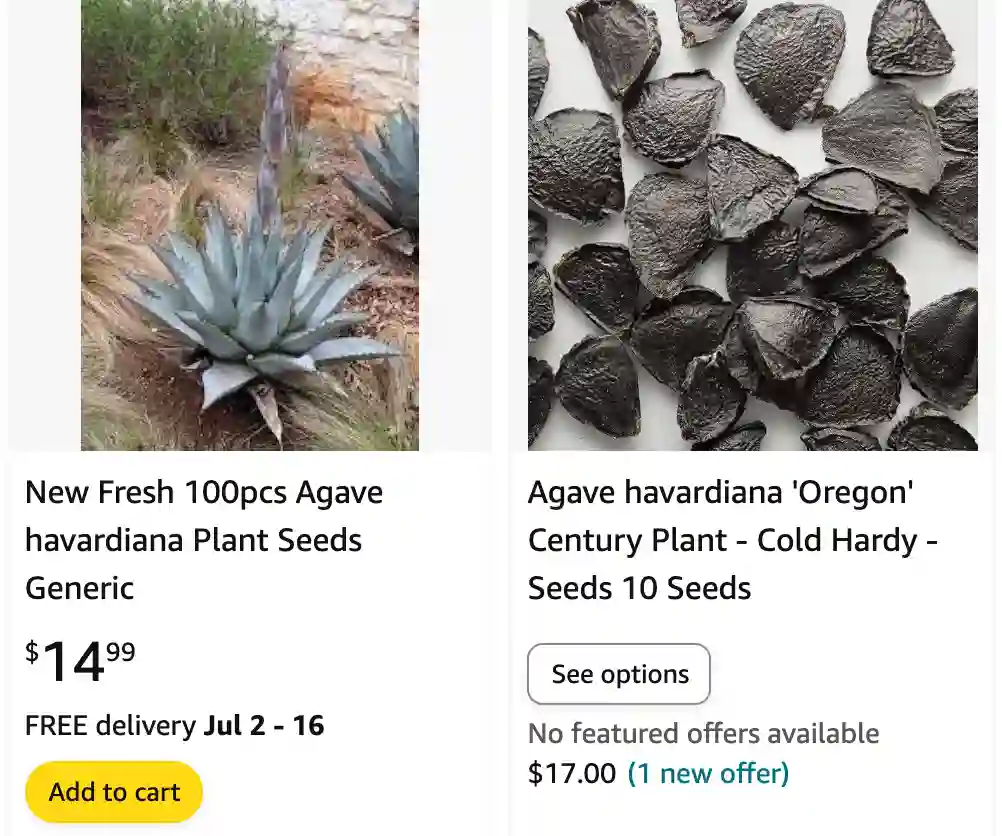
Havard’s Agave: A Tough and Striking Succulent for Your Landscape
I’m Ferb Vu, and I’ve always been drawn to plants that are both beautiful and resilient. The Agave Havardiana, also known as Havard’s Century Plant, definitely fits the bill. This stunning succulent is native to the harsh landscapes of West Texas and Northern Mexico, and it thrives in hot, dry climates. But its appeal goes beyond its toughness. Here, I’ll answer some of the most common questions about this magnificent plant:
304 Species in Genus Agave
What Makes Agave Havardiana Special?
- Cold Hardiness: Unlike many agaves, Havard’s Agave can tolerate surprisingly cold temperatures, down to around -12°C (10°F) with proper care. This makes it a fantastic option for gardeners in zones 5 to 10, where other agaves might struggle.
- Drought Tolerance: This is a true champion of water conservation. Once established, it thrives on minimal irrigation, making it perfect for xeriscaping and water-wise gardens.
- Striking Appearance: The Agave Havardiana boasts a majestic rosette of broad, blue-green leaves edged with fierce black spines. As it matures, it can reach an impressive size, with a spread of up to 3 feet and a height of 2.5 feet.
- Pollinator Magnet: In summer, Havard’s Agave produces a spectacular flower stalk that can tower up to 12 feet tall. This architectural wonder is adorned with clusters of bright yellow flowers that attract a variety of pollinators, including hummingbirds and bees.
How Does Havard’s Agave Compare to Other Agave Species?
Many gardeners are familiar with the Blue Agave (Agave tequilana), the source of tequila. While both share a similar agave form, there are key differences:
- Cold Tolerance: Havard’s Agave is significantly more cold-hardy than the Blue Agave, which can be damaged by frost.
- Growth Rate: Havard’s Agave has a slower growth rate compared to the Blue Agave.
- Flowering: Havard’s Agave produces a much taller flower stalk with a showier display of yellow flowers.
How to care for Havard’s Agave?
Havard’s Agave is a low-maintenance plant that’s relatively easy to care for. Here’s what you need to know:
- Light: Full sun is ideal for optimal growth.
- Soil: Well-draining soil is crucial. Amend your existing soil with sand or gravel to ensure proper drainage.
- Watering: Water deeply when the soil feels completely dry to the touch. Avoid overwatering, as this can lead to root rot.
- Fertilizing: Fertilization is generally not necessary, but a light application of a balanced fertilizer in spring can provide a boost.
- Propagation: Can Havard’s Agave be propagated? Yes, it can be propagated through offsets (pups) that emerge at the base of the mature plant.
- Maturity and Flowering: How long does it take for Havard’s Agave to mature and flower? This can vary depending on growing conditions, but it typically takes 5-10 years for the plant to reach maturity and produce its impressive flower stalk.
- Invasive Potential: Is Havard’s Agave invasive? No, Havard’s Agave is not considered invasive. However, it can self-seed in ideal conditions, so be mindful if you’re concerned about unwanted seedlings.
- Containers: Can Havard’s Agave be grown in containers? Yes, Havard’s Agave can be grown in containers as long as the pot has drainage holes and is made of a sturdy material like terracotta to accommodate its weight. Choose a pot that’s slightly larger than the root ball to allow for growth.
- Winter Protection: Does Havard’s Agave need winter protection? In colder climates (zones 5-6), it’s a good idea to provide some winter protection, especially if there’s a risk of extended periods of wet and cold weather. You can cover the base of the plant with mulch or burlap to insulate the roots.
A Few Words of Caution
- Spines: The sharp spines on the leaves can be dangerous. Be sure to wear gloves when handling the plant.
- Placement: Due to its size and spines, it’s best to plant Havard’s Agave away from high-traffic areas and walkways.
Havard’s Agave: A Plant with Character
Havard’s Agave is more than just a pretty face. It’s a tough, low-maintenance plant that adds a touch of drama and exotic flair to any landscape. Its drought tolerance and cold hardiness make it a versatile choice for gardeners in many regions. So, if you’re looking for a conversation starter that thrives on neglect, consider adding Havard’s Agave to your garden. You won’t be disappointed.
If i die, water my plants!
